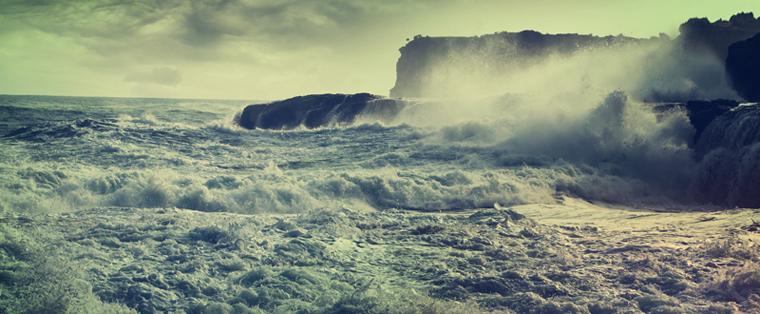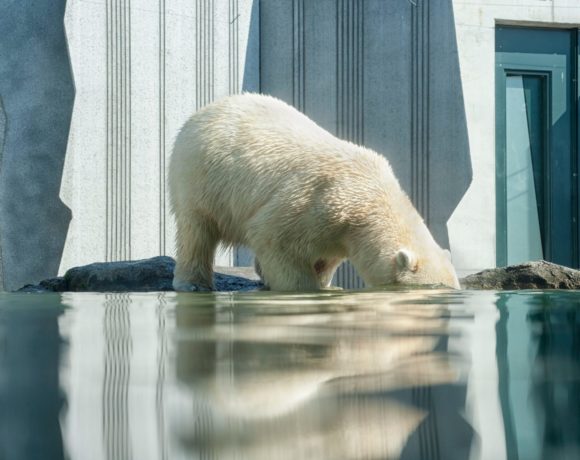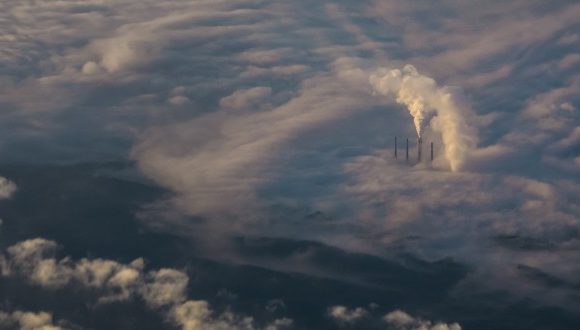Sea Levels Are Rising and Here’s Why

The world is getting warmer and that only means one thing: sea levels are also rising and it’s happening at a more rapid rate.
According to the United Nations Atlas of the Oceans, eight of the ten largest cities in the world are near a coast and 40% of the American population lives in high population density coastal areas. So, if sea levels are rising, more people are at a higher risk for hazards related to flooding, storms and shoreline erosion.
What’s causing sea levels to rise?
Climate change is still the number one cause of rising sea levels. Burning fossil fuel adds more greenhouse gas into the atmosphere, which traps heats and increases the temperature of the earth. This causes sea levels to rise rapidly by:
- Water expansion
Think of the ocean like a pot of water heating on a stove. As the water heats up, its volume also starts to expand. That’s how the ocean becomes due to climate change.
- Glaciers and ice sheets melting
Some parts of the world like Antarctica and Greenland are filled with ice sheets and glaciers. But as the atmosphere heats up, these massive ice sheets are also becoming weaker, break off and eventually start melting.
As they melt, that extra water goes into the ocean increasing sea levels even more. Melted ice caps and glaciers also won’t return to their original shape due to global warming that causes delays in winter and makes snowfall softer.
What are the consequences of rising sea levels?
Over the last few years, the damaging effects of rising sea levels have been felt and things are getting worse according to forecasts. With eight of the ten largest cities in the world located in a coastal area, millions of people are at an increased risk for hazards caused by coastal erosion, coastal flooding and dangerous storms. Homes, farmland and recreation areas are already being eroded and wetlands are destroyed displacing birds, animals and other species.
Increased sea levels also trigger strong winds and heavy rains, and in other places severe storms that were never experienced before. Millions of people have died over the last few years due to severe weather conditions that destroyed homes, towns and even cities near coastal areas.
If sea levels continue to increase rapidly, hundreds of millions of people who are living in coastal communities are at risk for being displaced. This phenomenon called forced migration will not only make people abandon their homes to move to another area but also cause demographic problems to many cities.
Plus if things get worse, the time will come when low-lying islands would be swallowed by the ocean and cities and even countries would disappear from the map.
What can we do?
The good news is, it’s never too late yet to turn things around and prevent sea levels from rising faster. The first step is to make people more aware of what climate change is and what it’s doing to the planet.
Learning about the factors that cause climate change and rising sea levels is important in helping people to take the right actions to contribute to saving the earth.
Click here for further information on this topic.















